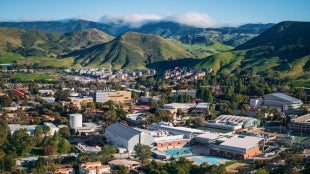New Scholarship Helps Native American Students Feel at Home on Campus
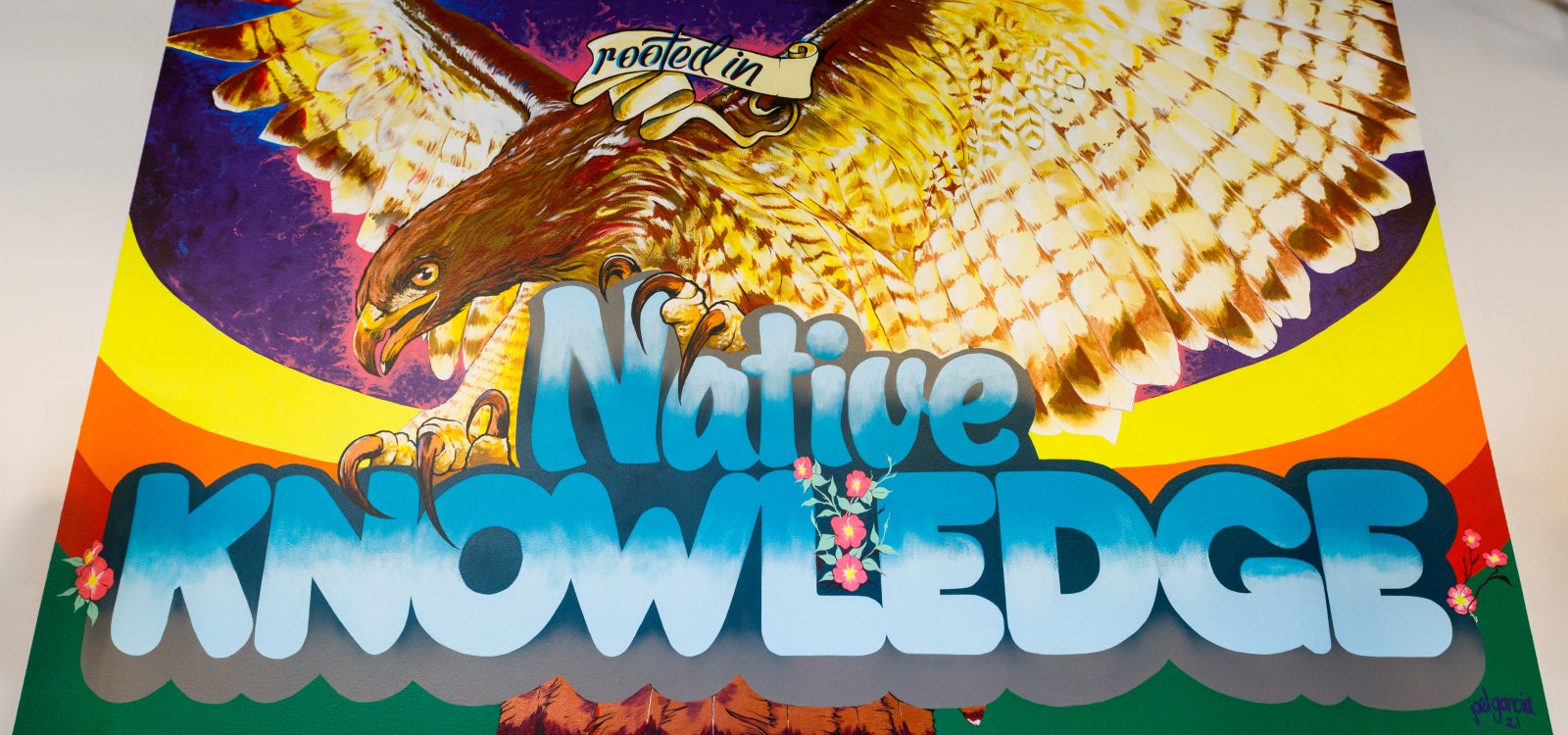
When Professor Jenell Navarro first arrived on campus 12 years ago, she noticed that, as she explained, “there weren’t a lot of institutionalized opportunities for Native American students to be seen or visible on campus.” But today, Navarro, the Department Chair for the Ethnic Studies department and the former faculty advisor to the American Indian Student Association for 10 years, has seen several of the goals she had initially hoped for come to fruition. There is now an American Indian graduation ceremony like the other cultural commencement ceremonies on campus, an American Indian and Indigenous Faculty and Staff Association, and an annual American Indian education day when local California Native tribal youth are invited to campus to learn about college life.
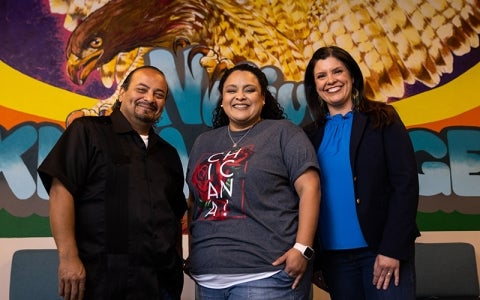
While the American Indian Student Association (AISA) and the American Indian Science & Engineering Society (AISES) have existed at Cal Poly for decades, a new scholarship has recently played a key role in supporting this student population. The American Indian Student Association Scholarship, which was started by The John J. and Frank Sparacio Foundation, has had a transformative effect. Beginning in the 2021-22 school year, this scholarship has been available to qualified students who can show they are contributing to Indigenous communities on or off campus and can demonstrate a financial need. The Foundation, whose mission is “to advocate and empower the underserved, the marginalized, and those considered powerless (by the world’s standards) in causes connected to nature, animals, and humans,” has provided a $25,000 annual scholarship towards this effort, of which up to $5,000 can be awarded to an individual student.
The funds awarded by this scholarship can really make a difference in an individual student’s life. According to Navarro, many Native and Indigenous students are the first in their family to attend a university. Some are parents. Many are also dealing with challenging financial circumstances and need to work, either full-time or part-time, to make ends meet. Financial challenges can also impact food insecurity, as a survey in 2022 showed that 39% of Cal Poly students indicated that they experienced food insecurity sometime within a 60-day period. The campus Food Pantry is considered a BIPOC (Black, Indigenous, People of Color) serving resource, as a higher percentage of BIPOC students utilize it than their representative population on campus. As the club advisor, Navarro knows a lot of their stories firsthand and has seen the impact that this scholarship has made.
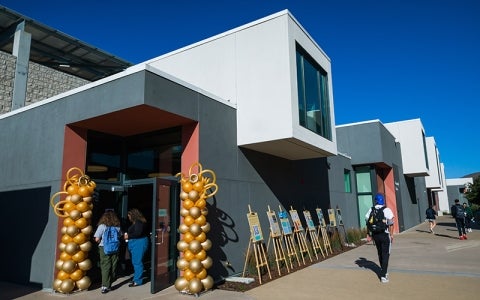
“I have seen students only stay in college and not leave because they were awarded this scholarship,” she explained. “I've had students who were homeless be able to become housed. I’ve had students who are parents be able to maintain a full-time course schedule because they had the financial assistance of this scholarship.”
Previous recipients of this scholarship ranged from first year students to seniors and their majors represent a variety of disciplines and colleges including Electrical Engineering, Kinesiology-Public Health, Environmental Management & Protection, Ethnic Studies, Computer Science, and Business Administration.
One recipient of this scholarship is Wyatt Kohler, a member of the Sac and Fox Nation of Oklahoma who was raised in Southern California. Today he is a senior at Cal Poly studying Electrical Engineering with an interest in renewable sources of power. A past president of AISES, after graduation he hopes to use Indigenous values to ethically advance technologies and uplift fellow Indigenous voices in STEM.
"Without my AISA scholarship I would not have had the means to take care of myself and attend school,” said Kohler. “The scholarship allowed me to attend school full-time and rely on less student loans to finish my degree. I can't imagine I would've been healthy or successful without it. It is a blessing that I am grateful for."
Another initiative Navarro was excited about was the opening of the Native American and Indigenous Cultural Center on campus. Opened on Indigenous People’s Day in October of 2021, the Center’s vision is to create and sustain an environment in which Native and Indigenous students thrive and contribute to the university’s efforts to recruit, retain, and graduate Native and Indigenous students. Adorned with a colorful mural, the Center welcomes all students from across campus but it is specifically a place for Native and Indigenous students to find community with one another. It helps put on many workshops, speakers, events and gatherings throughout the year, such as when 400 people welcomed Deborah Miranda, Native writer, poet and author of “Bad Indians: A Tribal Memoir,” as a keynote speaker last November to celebrate Native American Heritage Month.
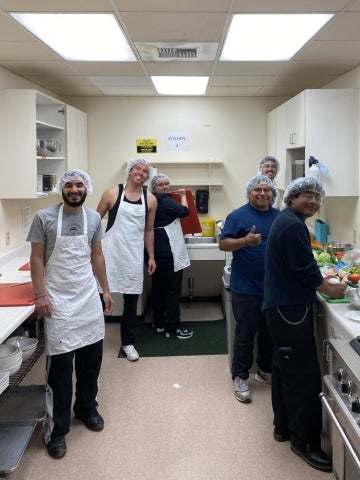
One such event was called “The Indigenous Kitchen” which brought Indigenous food revivalists Abe Sanchez and Damien Montaño to campus who laid out an entire menu and gave students a chance to taste some of their ancestral food for the first time. Students learned to cook with these foods and made dishes such as rabbit stew with acorn dumplings and homemade tortillas made from acorn flour. Navarro is hopeful that increased and reliable funding will allow for more events like this to occur regularly throughout the year.
There is also more general awareness among the student population now about Native culture and history than in previous years. The yakʔitʸutʸu residential community on campus is proudly named in honor of and in partnership with the Northern Chumash, the Indigenous Peoples of San Luis Obispo County. Each residential hall is named after yak titʸu titʸu yak tiłhini Northern Chumash tribal locations throughout the Central Coast region. This has helped provide an educational tool for Cal Poly students to learn about the presence of Indigenous peoples here. Additionally, every incoming first year student at Cal Poly, about 5,000 each year, must now take an Ethnic Studies course as part of their general education requirement. About a quarter of them elect to take Introduction to American Indian Studies.
Looking back on her years at Cal Poly, Navarro is pleased with the progress she has seen and recognizes that there has been a deeper commitment made by Cal Poly as an institution and by its leadership to help bring more visibility and support to this campus community.
“There have been a lot of issues that we’ve addressed over the years, but I feel like we’re in a much better place than we were 10 years ago,” she said. “We have a lot of work to do, but we have made some progress.”



